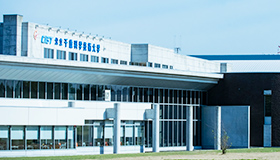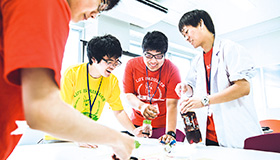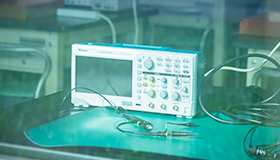Department of Opto-Electronic System Engineering
Home - English - Undergraduate and graduate schools - Faculty of Science and Technology - Department of Opto-Electronic System Engineering
Craftmanship harnessing light will give birth to the power for the future.
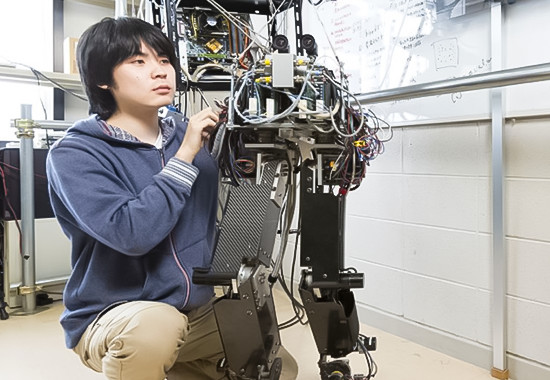
At this department students study the basics of electronics and the specialized field of optical technology, thus acquiring the ability to create new “craftmanship” and “system building” to support industrial development and people, including electrical, electronic, information, communication and robot technologies.
Students acquire practical skills through a wide range of experiments and computer training.
Students acquire practical skills through a wide range of experiments and computer training.
Department of Opto-Electronic System Engineering introduction video
Features of the department
At the department students learn the technology of familiar products with the aim of developing “craftmanship.”
Systems such as mobile devices, home appliances, computers, and communication devices that are currently widely used in our lives are based on technologies that combine optical science and electrical and electronic engineering, such as lasers, LEDs, optical fibers, optical sensors and displays.To advance an information-oriented society that makes the best use of these technologies, the department’s aim is to develop “craftmanship” professionals who can respond to the new era by applying optical technology and electrical and electronic engineering.
The department nurtures individuals who can widely practice “system building” in the information-oriented society using optical communication and robot technology.
“Craftmanship” of optical devices (material parts, equipment) occupies an important position by itself.Meanwhile, “system building” is directly linked to products.
Accordingly, the intention is that students will acquire knowledge of systems that incorporate cutting-edge optical communication technology and robot technology, which is achieving increasingly sophisticated intelligence and automatic control.
Another feature is that students can learn computer programming required to process measured data.
Study field
Future career paths
- System development and operation
Electrical/electronic system and manufacturing field, information communication and network field - Equipment development and manufacturing
Optical equipment field including optical devices and lasers, the mechatronics and robotics field - Software development
System software field - Continue to graduate school
More advanced and detailed cutting-edge research is possible - Junior high and high school teachers
Teachers who have both expertise and the ability to use ICT Obtainable licenses
Obtainable licenses
Junior high school teaching license (mathematics), high school teaching license (mathematics, information)
Description of the individual fields
Optoelectronics field
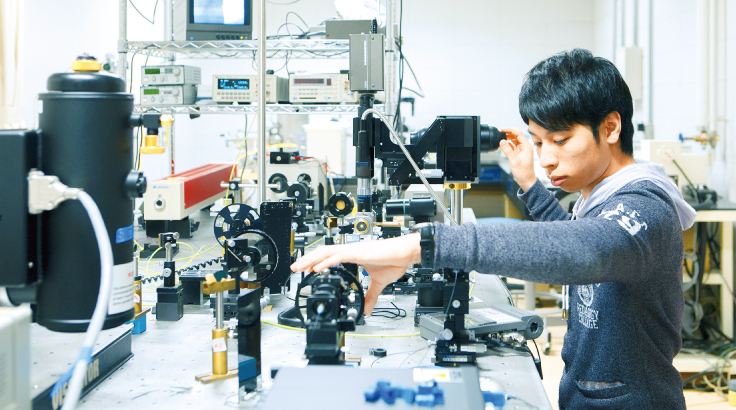
Optoelectronics
This field is a new discipline born within the boundary between optics and electronic engineering. It is also part of photonics.Technologies that combine optical science and electronic engineering include LEDs and lasers.
Students learn the basic knowledge and techniques of their light emission principles and light measurement to transmission.
Students also learn and conduct research for the design and development of various optical devices (parts and equipment) and optical systems that are widespread in various fields of industry, including the information communication and measurement control fields.
Communication and robotics field
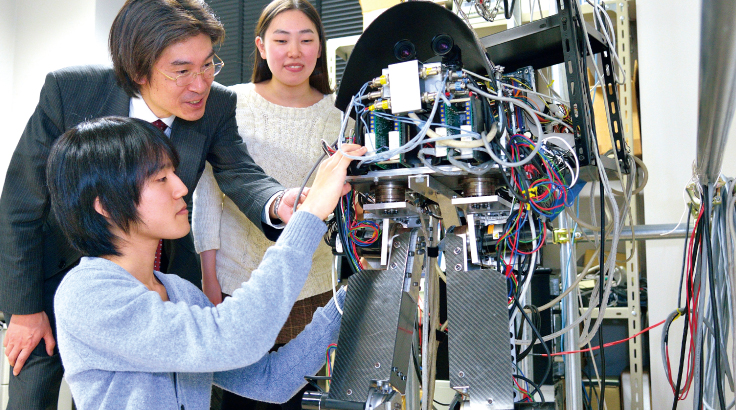
Information and communication engineering, robotics
Students learn about optical communication systems and optical fiber networks, and master measurement control technology.Knowledge and technology for the sophistication of the “ubiquitous network,” where information and communication services can be used anytime, anywhere, and which is expected to develop further in the future, are taught.
By learning robot technology, students will also become able to design and develop systems that incorporate various new technologies that support industry and people’s lives.

